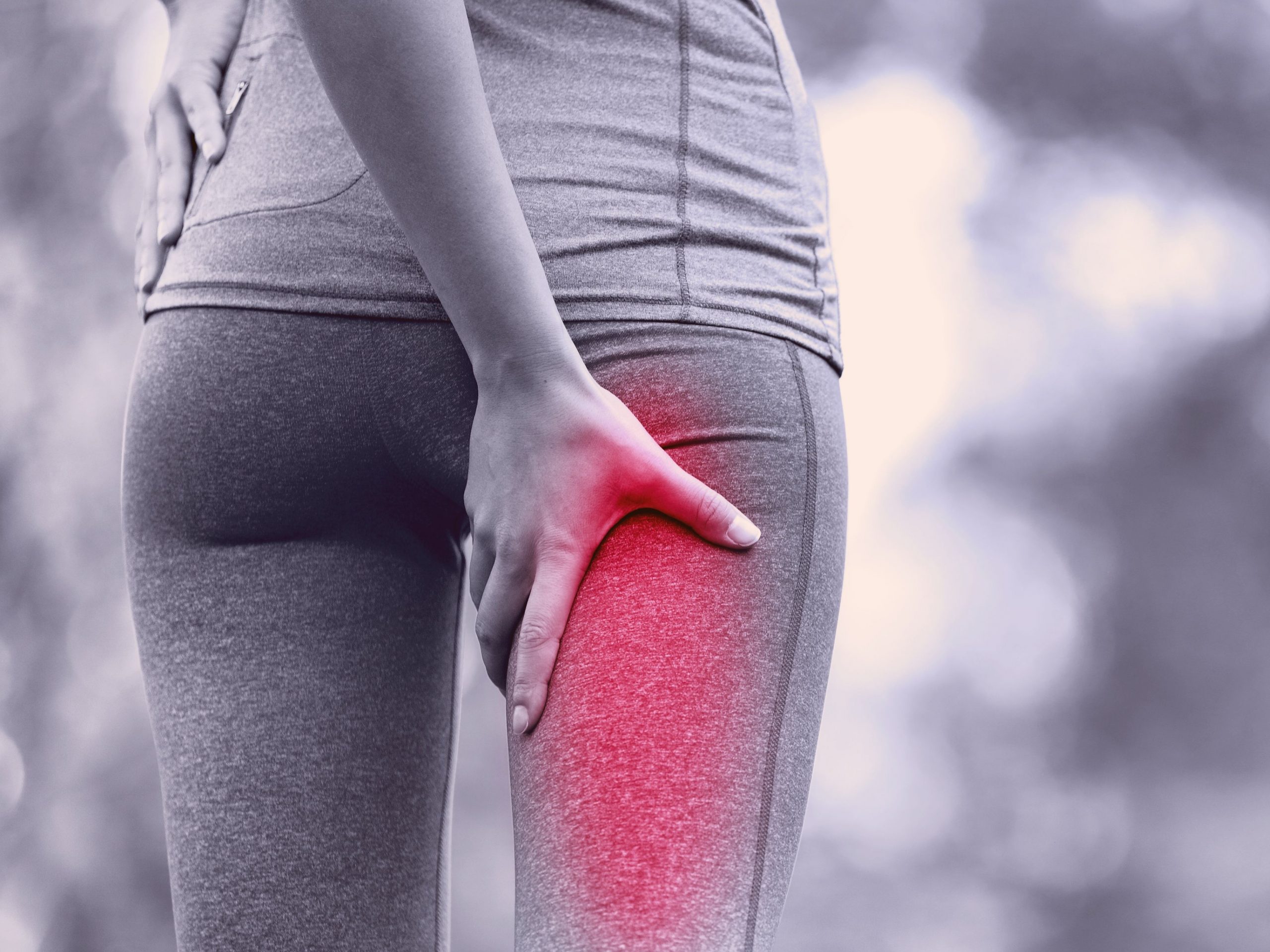What to do when you pull your hamstring
A pulled hamstring really can be one of the most irritating injuries. Knowing how to fully recover is vital. It is one of those injuries that has a nasty habit of coming back if it is not properly seen to.
But what exactly are the hamstrings? And what is the best way to look after them?
Pulled Hamstring – What is it?
The hamstrings are a collection of three muscles that run down the back of the thigh. They mainly help you to bend the knee, but are also involved in extending the leg.
They are long muscles that, during sport, are called on to produce forceful and often rapid contractions. As such, they are incredibly vulnerable to injury. They are particularly vulnerable when you are fatigued or if they have been overused with inadequate rest.
A pulled hamstring is the layman’s term to describe when one of these muscles has become over-stretched or torn. The seriousness of the hamstring injury has grades:
- First grade refers to when the fibres are over-stretched but not torn.
- Second grade refers to a partial tear of the muscle or some of the fibres.
- Third grade refers to a complete tear or rupture (which thankfully are quite rare!).
The following advice is for grade 1 and 2 hamstring injuries. For grade 3 injuries you should seek medical advice.
Pulled hamstring recovery – What to do
One of the most tempting things to do after you have felt your hamstring pull is to try and stretch it off. But if it is a grade 2 injury and the fibres are torn, stretching can actually increase the damage.
The safest option after pulling your hamstring is to give it complete rest. As a general rule of thumb, a minimum of 72 hours rest is a good guide.
The next thing you are going to want to do is to ice it. After the injury, you should ice it as soon as possible. It helps to reduce swelling. A popular option is to wrap a bag of frozen peas in a tea towel and hold that firmly against the skin.
You should use an ice-pack (or your frozen peas) for 20 minute at a time. In the first few days, you should try and apply the ice multiple times. The early stages after the injury are crucial to your recovery.
As part of your rehabilitation, after a while, you’ll want to do some strengthening exercises. Functional strengthening exercises are recommended as they more closely reflect the movements used during activity.
When you are further down the road of recovery, it’s good to incorporate light calisthenics in your warm up routines.
Pulled hamstring recovery – What not to do
In the first 72 hours immediately after the hamstring injury there are two things you must avoid.
- The first is heat. Stay away from hot baths or saunas.
- The second is alcohol. Alcohol will almost certainly increase the bleeding and swelling and slow down your recovery.
- Finally, after recovering, be sure to take a lot longer over your warm ups!
We hope this information is useful for you. If you have any questions about our treatments, please contact us. You can find us in Islington and Mill Hill Broadway. If you like this blog, please share!
We are always happy to help.



